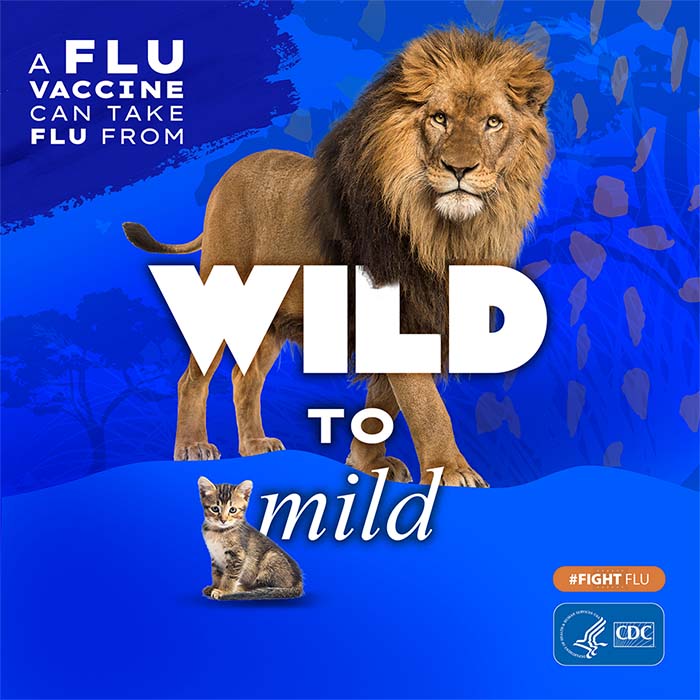First H3N2v Outbreak of 2013 Reported; CDC Continues to Urge High Risk People to Avoid Swine at Fairs
June 28, 2013 — The first cases of H3N2 variant virus infection for 2013 were reported this week. H3N2 variant virus, or “H3N2v,” is a non-human influenza virus that normally circulates in pigs but which has infected humans. The 4 cases reported by the state of Indiana this week were associated with fair attendance and related swine exposure. Reportedly pigs at the fair also tested positive for H3N2 infection. This outbreak may foreshadow a number of such outbreaks this summer based on what happened last summer when multi-state outbreaks resulted in 309 reported H3N2v cases, including 16 hospitalizations and one death. Genetic sequencing by CDC on one of the Indiana samples has confirmed that the H3N2v virus in Indiana is 99% similar to the H3N2v viruses detected last summer.
The epidemiology of this outbreak in Indiana so far seems consistent with what was seen last summer, when most cases reported exposure to pigs, particularly at agricultural fairs. While most illness was mild, serious illness also was observed; however none of the cases in Indiana this week were hospitalized and there were no deaths.
Symptoms of H3N2v have included fever, sore throat, cough and body aches. No sustained human-to-human spread of the virus has been detected, though sporadic limited spread of this virus has occurred in the past.
Agricultural fairs take place across the United States every year, primarily during the summer months and into early fall. Many fairs have swine barns, where possible large numbers of pigs from different places come in close contact with each other and with people. These venues magnify the risk of spread of influenza viruses between pigs and people.
Spread of flu from pigs to people is thought to happen mainly through droplets produced by flu-infected pigs that are coughing and sneezing. However, pigs also can be infected without showing any signs of illness and can still spread influenza viruses. Thus even a well-appearing pig may pose a risk of exposure.
Some people are at high risk of developing serious infection from H3N2v, just as they are from seasonal influenza. This includes young children, people with underlying health conditions like asthma, diabetes or heart disease, pregnant women and people who are 65 and older.
In order to reduce the possible risk of serious illness to people posed by interactions between people and pigs at fairs, CDC recommends that people at high risk for serious flu complications avoid pigs and swine barns at fairs this year. The same recommendation was put in place last summer during the H3N2v outbreaks. Most of the 16 people who were hospitalized and the one person who died last summer from H3N2v infection had one or more underlying medical condition.
However it’s also important to note that flu can be dangerous for anyone, including healthy people. CDC has recommendations for the public on what steps they can take to help protect against H3N2v or other swine influenza infections if they do attend an agricultural fair where swine are present. See .
Steps to make a vaccine against H3N2v have been taken, but no vaccine is currently available for H3N2v. The 2012-2013 and 2013-2014 seasonal flu vaccines are not formulated to provide protection against H3N2v, but are formulated to protect against seasonal flu viruses that circulate widely each season. However, the same influenza antiviral drugs used to treat seasonal flu can treat H3N2v. The currently recommended drugs – oseltamivir and zanamivir – are available by prescription only. Early treatment works better and is especially important for people with a high risk condition.
CDC will continue to watch this virus closely to make sure there are no changes in the epidemiology of related human infections. That means watching for any changes in the severity of illness caused by infection with this virus and any signs that the virus is becoming more adept at spreading from person-to-person. Like all influenza viruses, it’s possible that mutations could occur that would allow this virus to become more severe or to spread more easily between people. The risk of this virus triggering a full-blown pandemic is considered relatively low, however, because serology studies have suggested that significant numbers of adults have some existing immunity against this virus. Children younger than about 10 years old, however, have little to no immunity against H3N2v virus. Given this, a more likely scenario if H3N2v were to become more transmissible among people would be localized outbreaks in pockets of the population that do not have immunity against this virus, for example, in day care or school settings.
CDC continues to share information and guidance for local and state public health officials regarding the surveillance and investigation of human infections with H3N2v, and will share updated guidance if the situation changes.
